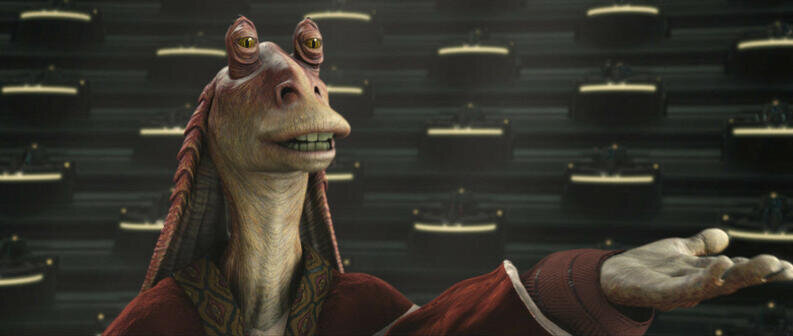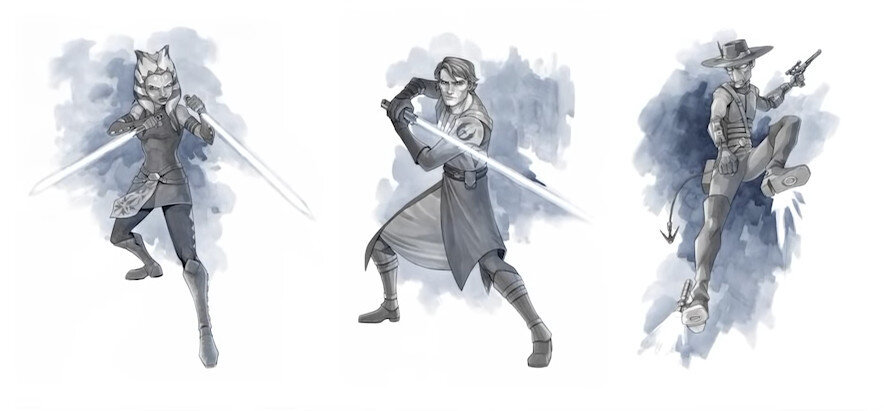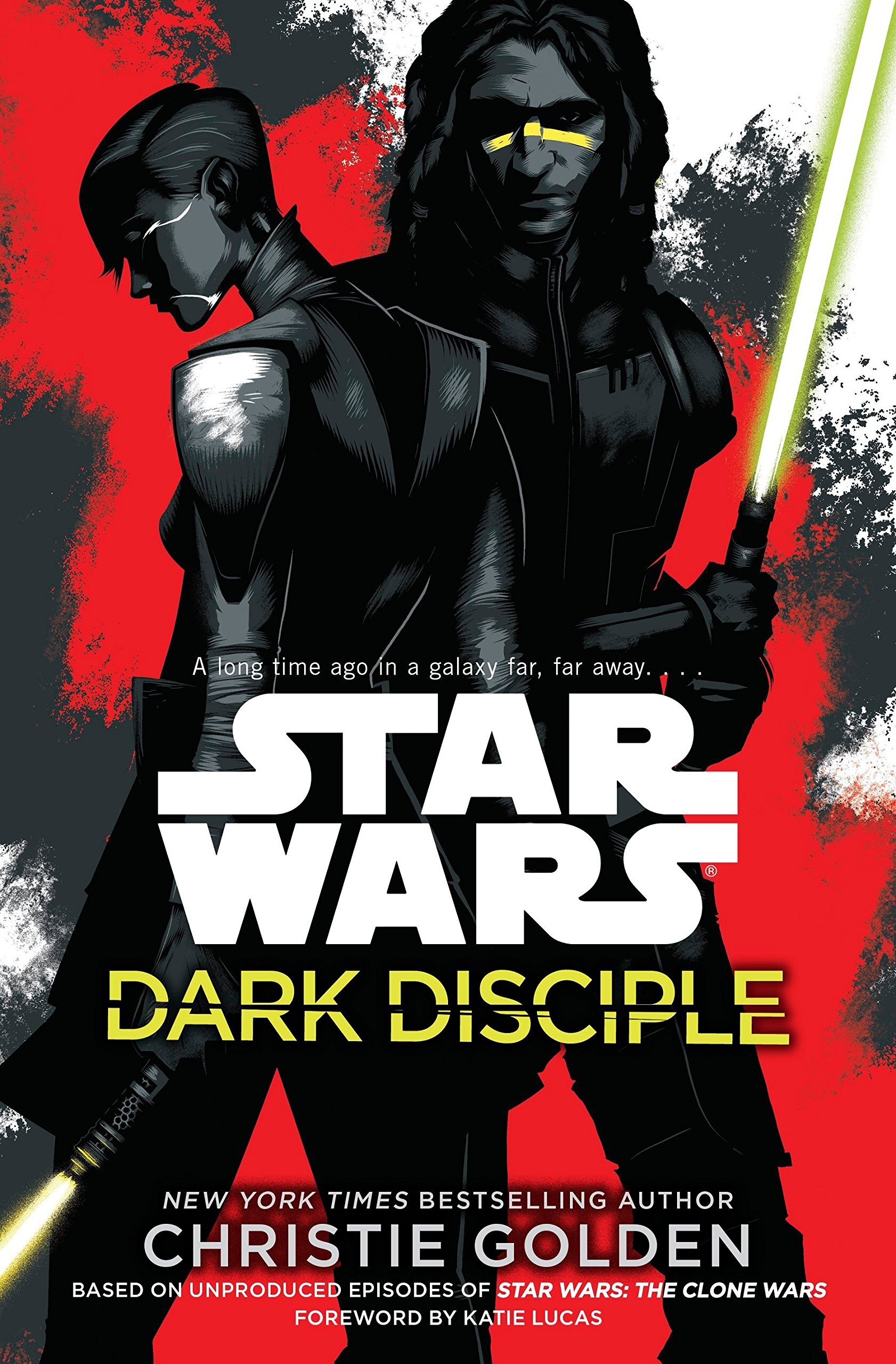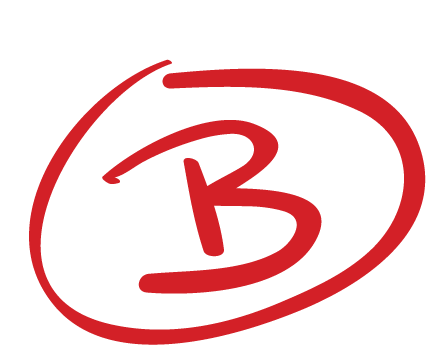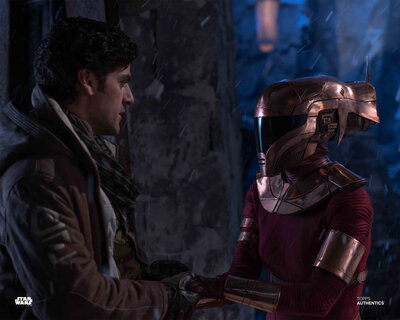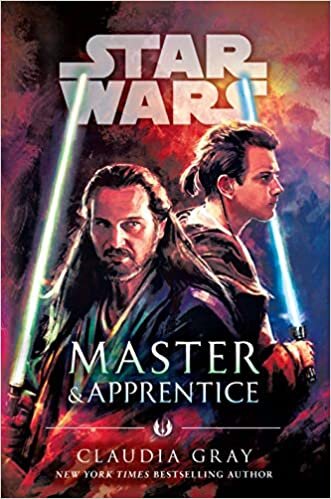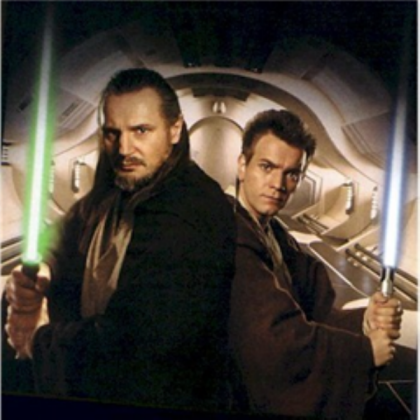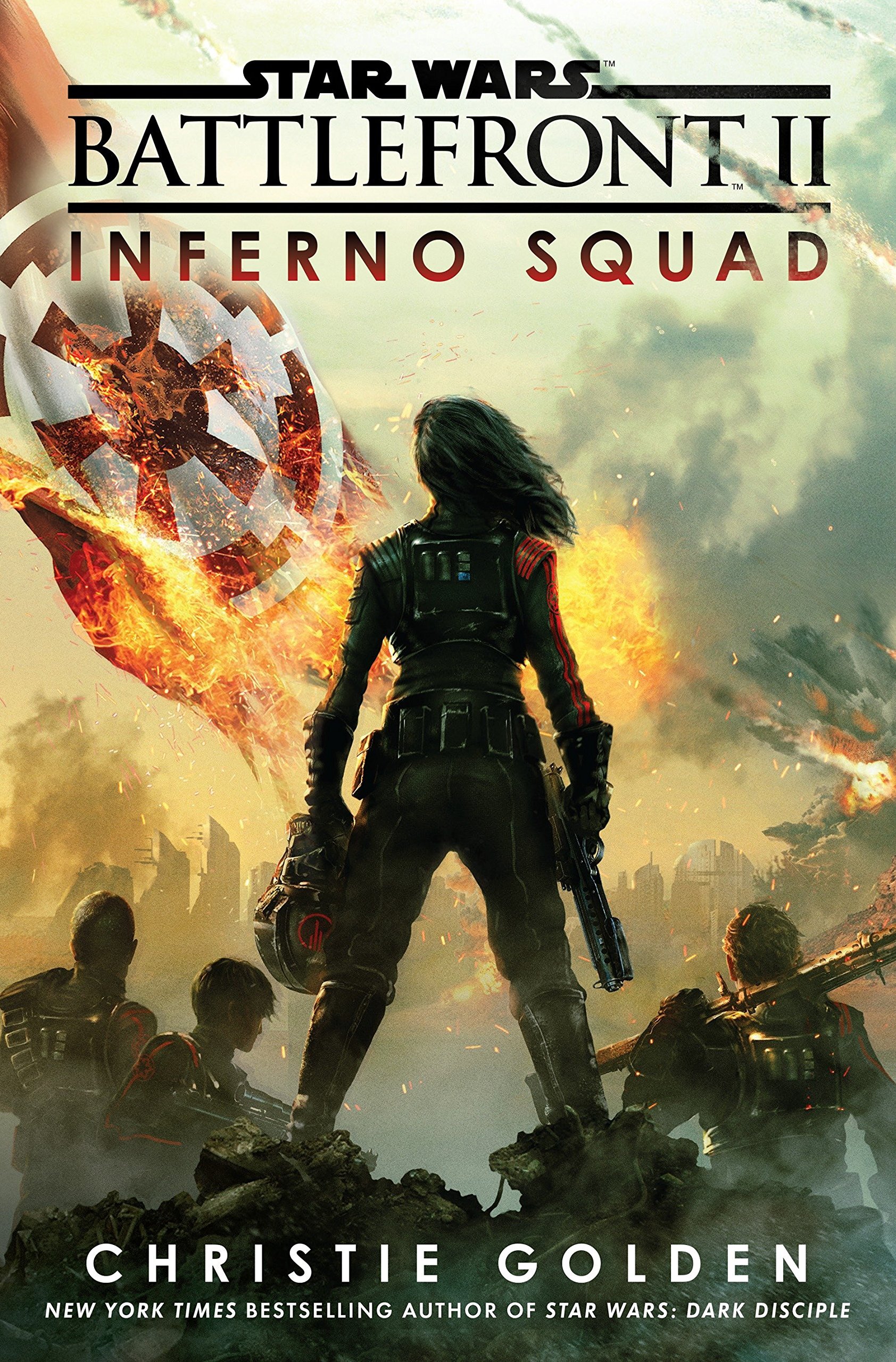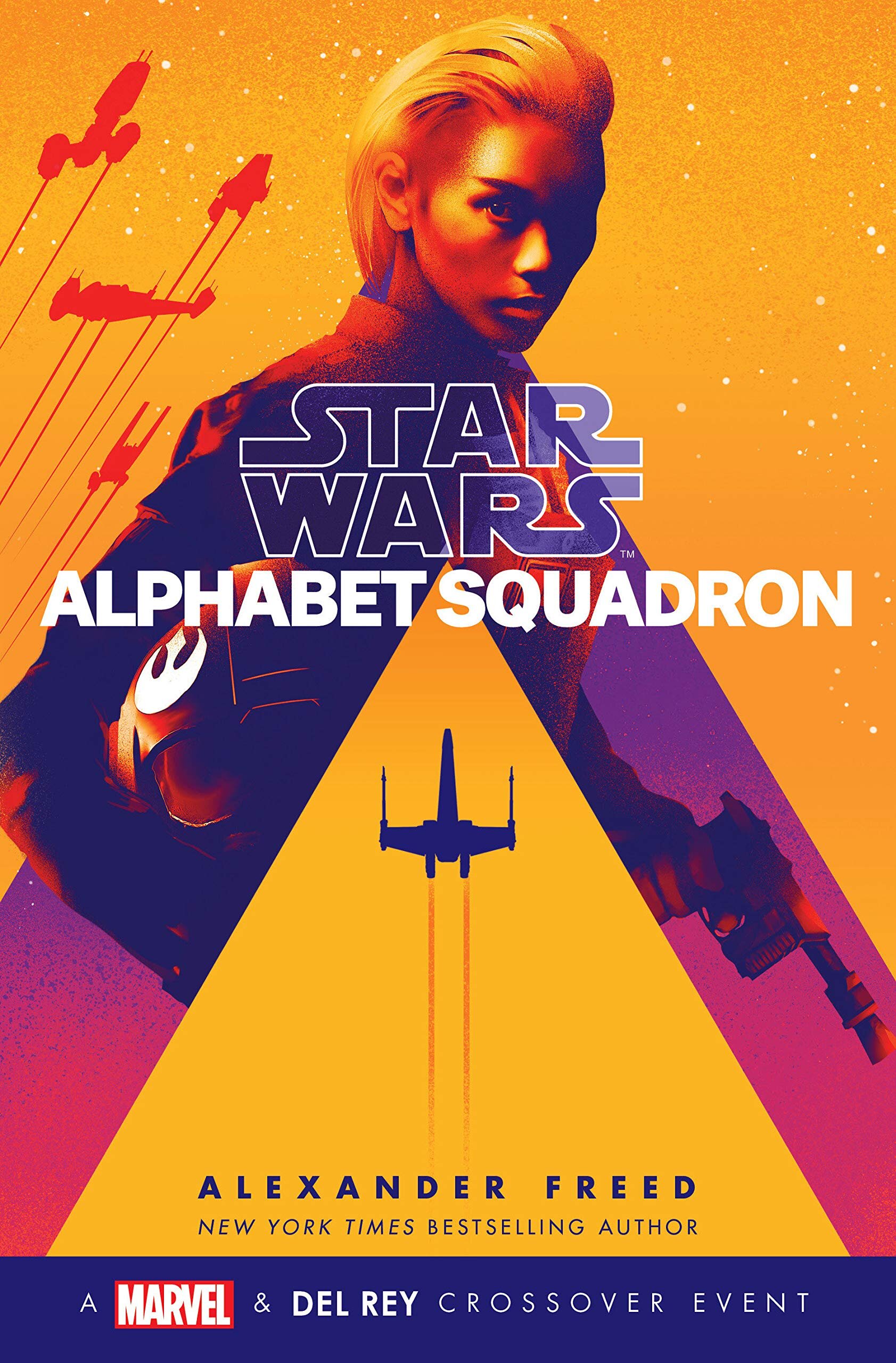By: Christian Corah
Descriptives
Page count: Hardcover, 345
Author: E. K. Johnston
Timeline: Follows The Phantom Menace, precedes Attack of the Clones
Main Characters: Padmé and her handmaidens
Brief Synopsis: Time as Queen of Naboo for Padmé has ended and she is looking to make a galaxy wide impact as the new Senator of Naboo.
Gut Feeling
I had pretty high expectations for this book, and this may admittedly make this section a bit more biased than usual (but again, that’s why this section gets no points). I was expecting a book surrounding Padmé’s time as queen before The Phantom Menace, but the timeline is after her time as Queen and that was initially somewhat disappointing. But a big reason that I enjoy the Prequels so much is the politics. It's a fascinating perspective to see how the Empire was created. Seeing as it is fairly similar to Hitler’s rise to power, politics in the Prequel era are a big plus to me. So I overcame my disappointment and was again excited. My expectations were not for an action filled book, but for an intellectual one revolving around Padmé’s influence in the Galactic Senate. While this is mostly what I got, it ended up unfulfilling, anti-climatic, and lacked closure. This seems harsh likely because it was my emotional response to the book, but I still think that it is fair. I still enjoyed reading it, but it is definitely going to score on the lower side of books that I have reviewed.
Characters (8/10 pts)
Padmé herself was the strongest character, which makes sense, and it was interesting to see how she changed through the transition from Queen to Senator. It is something I didn’t think about much between Episodes I and II, but it was a character defining moment for her. This book highlighted that. I felt somewhat attached to Padmé, but I was expecting to be rooting for her even more than I was. I’ll get to the plot in a moment, but I believe since the book was so anticlimactic that I didn’t feel myself rooting for and being attached to Padmé as much as I should have.
As for other characters in the book, it also highlighted Padmé’s handmaidens. This is a special addition to the Star Wars universe because the handmaidens were primarily background characters in The Phantom Menace. This book gave the handmaidens considerable depth and uniqueness. However, I must admit that it was difficult to keep track of them. They all have similar names so it was easy to get confused about who’s backstory belonged to who. I do think that Queen’s Peril did a better job of developing the handmaidens. But overall, the characters were still good in Queen’s Shadow. I just think there was potential for them to be even better, but I’m still giving 8 points.
Writing Style (8.25/10 pts)
I’m starting to think that I won’t ever award low points for this section because every Star Wars book that I have read so far has been well written. They are almost always written by a New York Times Best-Selling Author, so the writing is very quality. E. K. Johnston is no exception. She is a detail oriented author and it at first felt like too much, but I settled in and began to enjoy her writing style. While it is dense, it wasn’t difficult to read. Since it was so detailed, it made scenes come to life if I made a conscious effort to keep my attention on the details. It felt well with the intellectual storytelling. The writing style was the greatest strength of Queen’s Shadow, and I am awarding 8.25 points.
Plot (5.75/10 pts)
I’ve learned to be patient with books during development of characters because it is often worthwhile for the final quarter or third of the book. Most of this book felt as if it was building up to a satisfying conclusion, but then the book ended and I felt unfulfilled. While there was a climax at the ending of the book, it felt undeveloped and I was expecting it to have required more pages and attention. I had the right understanding that the climax would not be action-based and would be more intellectual, so my expectations were not what made it feel anti-climatic. There were also exciting characters and concepts that were brought up quickly and just as quickly forgotten. I won’t go into detail on what these are, but I’m guessing you’ll pick them out if you read the book (one example is in the “Logic” section). So the plot felt lacking and was the biggest weakness of the book, that is why I’m only giving 5.75 points.
Intrigue (7.25/10 pts)
Even though the plot was lacking, the strong writing style kept me intrigued throughout most of the book. Also, the book is about Padmé, so I was intrigued before I even started reading. However, while reading, most of the intrigue was due to me expecting a climactic ending that didn’t ever happen. But this still caused the book to be easily readable and this kept me turning page after page. It just took me out of the book a little at the end. The small exciting moments that I’ve briefly discussed also added to the intrigue since it made me expect that there would be some highly developed and interesting content, but that again didn’t happen. So even though throughout most of the book I had fairly high levels of intrigue, I am only giving 7.25 points because the intrigue would quickly go back down.
What does it add? (6.5/10 pts)
Queen’s Shadow probably could have scored a lot higher in this section as there was a lot of potential to expand on certain ideas that would have really added to the universe. What it did best was provide more information on Padmé’s operation with her handmaids. They are truly a well oiled machine and all of Padmé’s handmaids are clearly highly skilled and very intelligent. There is so much thought that goes into everything that they do, especially Padmé’s outfits (aesthetically and practicality). So that was a plus, I have a much greater appreciation for them now. That and more information on how the Galactic Senate works was good information added to the Star Wars universe, but there still could have been more.
Going along with the politics, I LOVE how Palpatine was playing both sides during the war and I am hungry for more information on Palpatine during the Prequel period. Palpatine had a few appearances in Queen’s Shadow and it really made me excited for the role he was going to play. However, the role remained limited and nothing really came from it (sorry if this is kinda an anti-spoiler).
So Queen’s Shadow did provide some new information to the Star Wars universe, but it was fairly limited and doesn’t significantly add to or change my outlook on anything substantial. That is why I’m only giving 6.5 points for this section.
Logic (+0.5 pts)
Man there was a GREAT opportunity to explain one of the major plot holes in the Prequels. The appointment of Jar Jar Binks to be the acting Senator of Naboo for Padmé. Since this move itself is pretty alarming and since Jar Jar essentially persuaded the Galactic Senate to give Palpatine emergency unchecked power, I wanted a good explanation for why it was done. This was ever so slightly mentioned in Queen’s Shadow and only barely explains it. It had the chance to further explain it, and it wasn’t done.
There was also some minimal information that explained why Padmé fell so hard for Anakin in Episodes II and III. While this isn’t a major plot hole in the prequels, it still doesn’t make a ton of sense that someone as intelligent and poised as Padmé would basically throw her life away for Anakin. Queen’s Shadow could have explained this more by going into more depth, but there is some explanation for it. I could have given much more than an extra half a point for logic, but because these ideas were only glossed over Queen’s Shadow only gets one half additional point.
Final Thoughts
So my final grade for Queen’s Shadow is a 7.25/10, or a C minus. As I’ve stated multiple times, I felt unsatisfied when I finished the book, but I still enjoyed reading it. This is one of the lower scores that I have given a Star Wars book, but that shouldn’t completely deter you from reading it. But I still wouldn’t say Queen’s Shadow is a must read for Star Wars fans unless you are a Padmé fan. I enjoy her character a lot and my appreciation for her did slightly grow through the reading of this book. So if you like Padmé, you will likely also enjoy Queen’s Shadow. If you’re not a big fan of Padmé, there are better books to read.
I hope you enjoyed this review and if there is a book that you want me to read or review, please let me know at christiancorah@gmail.com. As for now I will only be doing Canon books (but in the future that might change).



